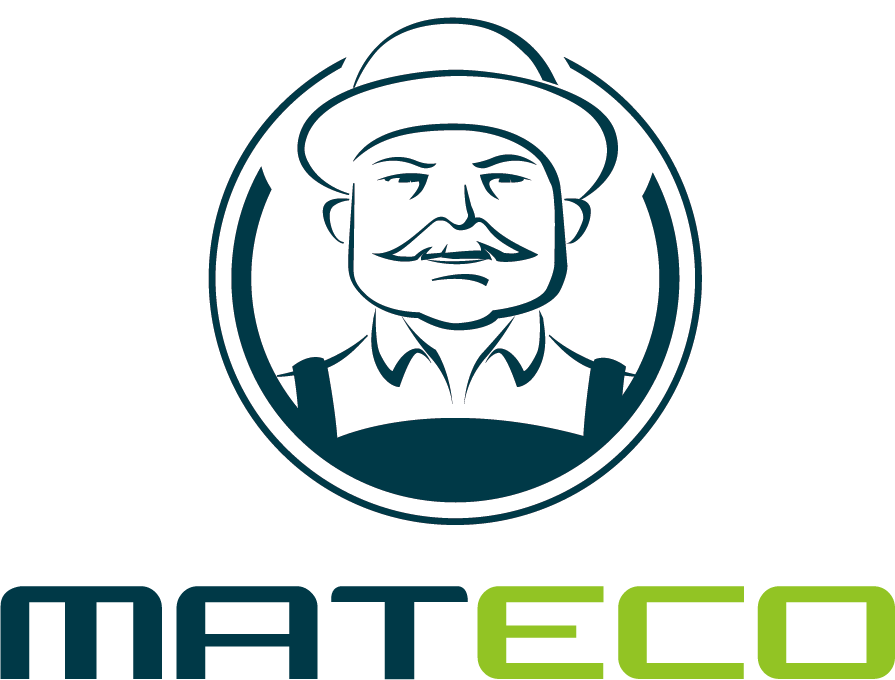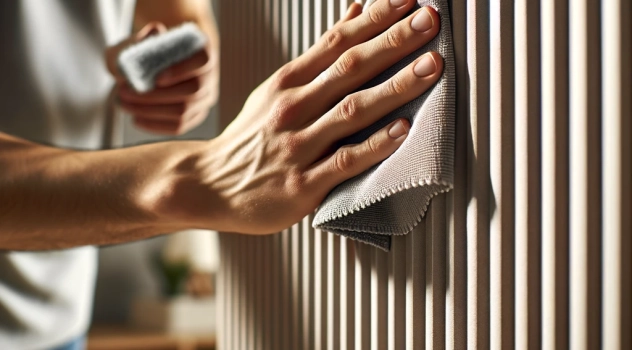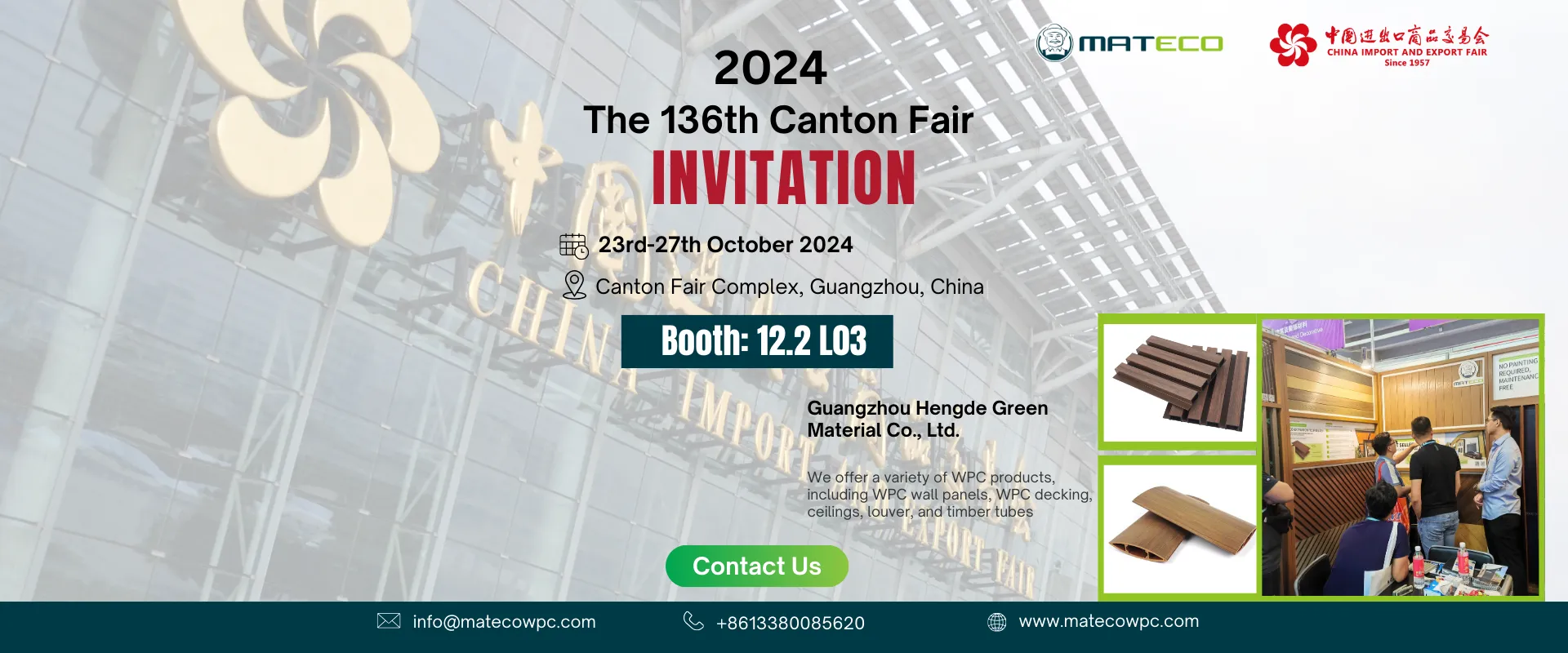False Ceiling VS. Traditional Ceiling
In the realm of interior design and architecture, the ceiling plays a crucial role in defining the aesthetic and functional quality of a space. Traditionally, ceilings have been part of the primary structure of a building. However, with the evolution of design and technology, false ceilings, specifically those made from Wood Plastic Composite (WPC), have become increasingly popular. This article delves into the comparison between WPC false ceilings and traditional ceilings, underscoring the benefits and applications of WPC in modern construction.
What is a Traditional Ceiling?
A traditional ceiling is a part of the primary structure of a building. It is the uppermost interior surface that covers the overhead space of a room. Traditional ceilings are directly constructed as part of the building and are usually made from materials like drywall, plaster, or wood. These ceilings are known for their durability and have been a standard in construction for centuries.
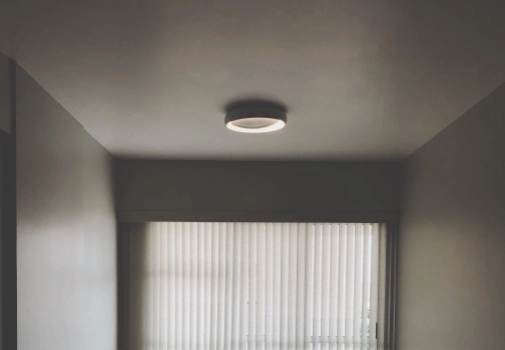
WPC False Ceiling: A Modern Alternative
Wood Plastic Composite (WPC) is a contemporary material that combines the aesthetic appeal of wood with the durability and ease of maintenance of plastic. WPC false ceilings are becoming a preferred choice in modern construction due to their numerous benefits.
Benefits of WPC False Ceiling
Aesthetic Appeal: WPC ceilings offer a luxurious look, often imitating natural wood, which can enhance the visual appeal of any space.
Moisture Resistance: Being a combination of wood and plastic, WPC is highly resistant to moisture and humidity, making it suitable for bathrooms, kitchens, and other damp areas.
Durability: WPC is known for its durability and can withstand wear and tear better than traditional materials.
Thermal Insulation: WPC ceilings provide excellent thermal insulation, helping in energy conservation by maintaining room temperatures.
Acoustic Insulation: These ceilings can also improve the acoustics of a room by reducing noise levels.
Lightweight and Easy Installation: WPC ceilings are lightweight and easier to install compared to traditional ceilings.
Eco-friendly: WPC is often made from recycled materials and and can be recycled, making it a more environmentally friendly option.
Low Maintenance: They require minimal maintenance, as they do not need regular painting or varnishing.
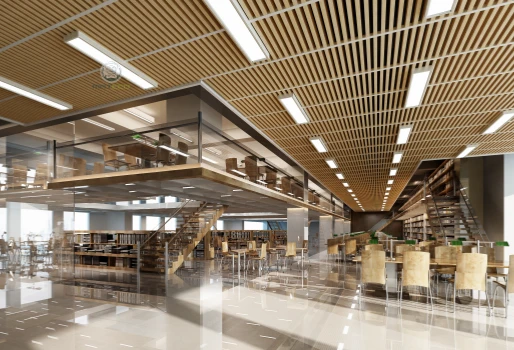
Comparison with Traditional Ceilings
While traditional ceilings are known for their strength and historical value, WPC false ceilings offer a modern, customizable, and versatile solution. Traditional ceilings may have limitations in terms of design flexibility and moisture resistance, which are effectively addressed by WPC materials. Additionally, the installation of WPC false ceilings is less labor-intensive and can be more cost-effective in the long run due to their low maintenance requirements.
Applications and Trends
WPC false ceilings are widely used in residential, commercial, and industrial spaces. They are particularly popular in contemporary homes, office spaces, and hospitality settings due to their modern look and functional benefits. The trend is towards customizable designs, with an emphasis on sustainable and eco-friendly materials, where WPC fits perfectly.
Conclusion
The choice between WPC false ceilings and traditional ceilings ultimately depends on the specific needs and design preferences of a project. While traditional ceilings have their own charm and historical significance, WPC false ceilings offer a modern, practical, and aesthetically versatile alternative. With the advancements in WPC technology, it is poised to become a significant trendsetter in the world of interior design and architecture.
If you are looking for a WPC manufacturer, MATECO will be your best choice.
Website: https://www.matecowpc.com
WhatsApp: +86-13380085620
Email: info@matecowpc.com
